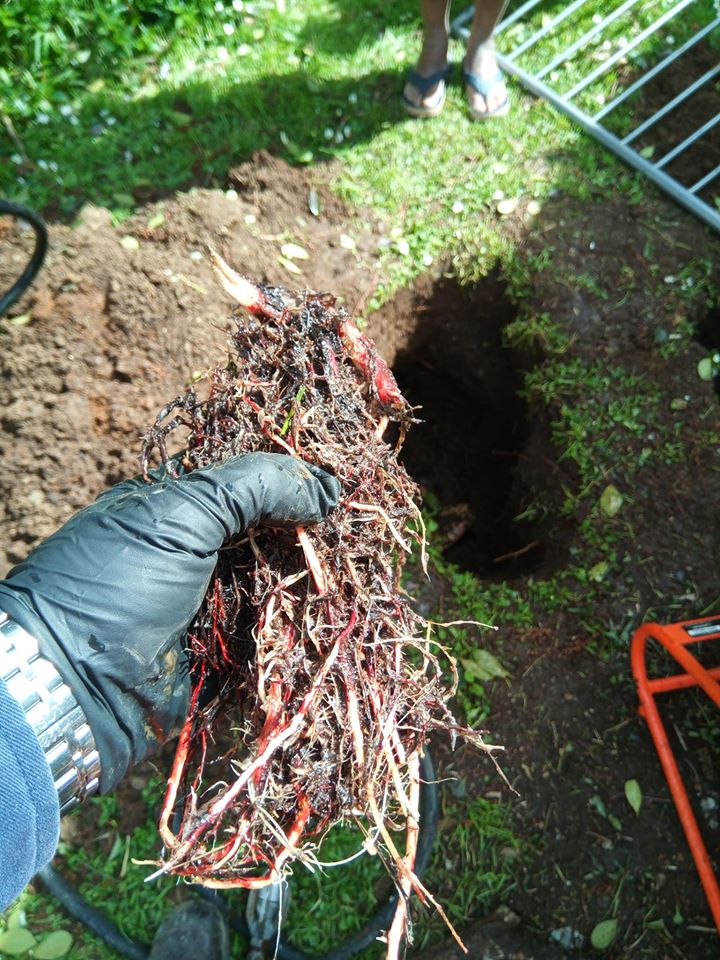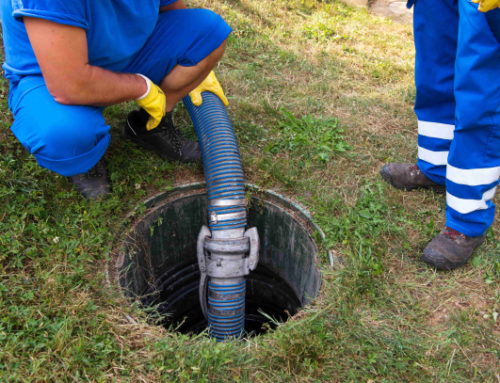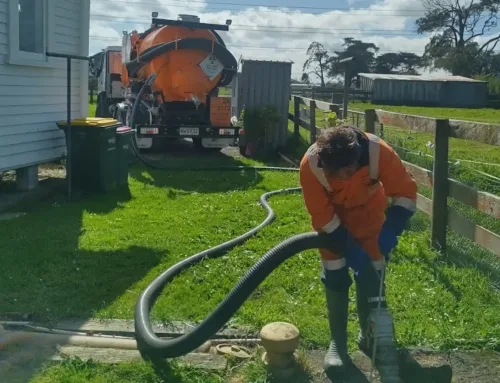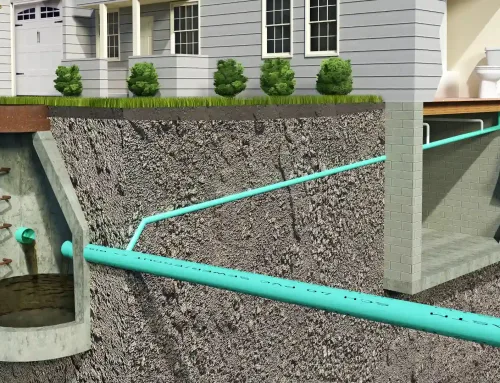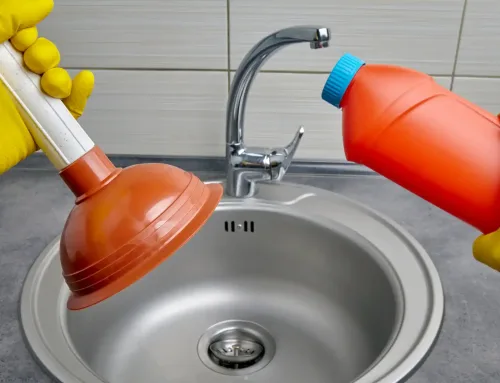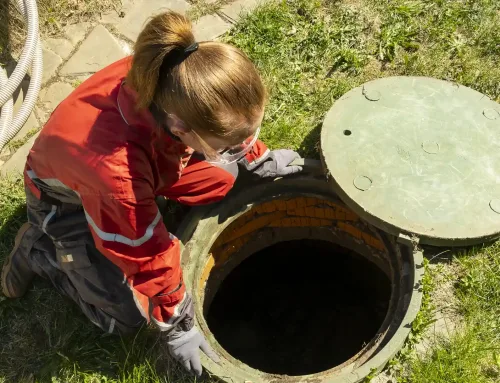Chemical Tree Root Removal
Maybe you’ve removed the tree in your backyard, but what about the roots? Are you sure you’ve uprooted them and there won’t be any more outgrowth? Are the existing roots coming in the way of digging or fencing that need doing? These may seem like superficial problems, but tree roots can cause costly problems to your home, including soil nutrient absorption, sewer line and septic tank invasion, and plumbing damage, to name a few.
In a previous blog post on rooting out tree roots from your septic system, we discussed some methods to fixing a root invasion. However, if you’re looking for an effective and economical solution to kill tree roots without much mechanical work, using chemicals or herbicides may be the right solution for you. Let’s explore some chemical root treatments that can be done based on your needs.
Foaming root killer
Root intrusion across sewer lines and septic tanks can be effectively treated with non-caustic foaming solutions. These typically contain Dichlobenil, a proven aquatic herbicide. Foaming solutions kills roots on contact, and the dead roots decay over time and are safely removed along with the rest of the septic flow. Generally, this type of chemical treatment removes roots from the septic system without causing any harm to the sewer pipes or above-ground vegetation. Finally, it may need to be done on a regular maintenance schedule to prevent re-growth fully.
Foliar spraying
Foliar spraying can be an effective way to kill small trees of up to 15 feet tall, including their roots. The process involves spraying herbicides directly onto the leaves of the tree. Foliar treatment works well almost all through the year, except during very hot or drought conditions when trees undergo water stress. Depending on the weather condition, different herbicides can be used to carry out foliar spraying treatment.
Basal bark treatment
Basal bark treatment is what you need if you are looking for a chemical root treatment for medium to large-sized trees. The process involves making a series of cuts and injecting herbicide directly into the bark of the tree, followed by direct application of herbicide into cuts and holes. This gives the herbicide access to the roots through the trees vascular system. The chemicals injected and applied eventually travel throughout the tree, killing both the tree and its roots.
Soil treatment
Sometimes, applying herbicide directly onto the soil surface can assist in chemically killing the tree root. Rainfall or watering carries the herbicide down from the soil surface directly into the roots where they kill the root system upon direct contact. There are specific chemicals that allow for this type of root degeneration.
If you’re looking to kill a large number of trees through this process, banding can be an effective equivalent. Also called lacing or streaking, it involves applying a concentrated solution to the soil in a line or band spaced every 2 to 4 feet.
Stump treatment
Manually cutting down a tree to the stump cannot fully ensure zero possibility of regrowth. To full proof the process and avoid future sprouting, applying herbicide to a freshly cut tree stump generally does the trick. Saturate the stump completely so the chemicals seep through down into the roots.
Injection treatment
Injecting herbicide into the tree involves using specialised tree injection equipment. The process requires professional precision as injections need to be made every 2 to 6 inches around the tree to get the desired result. Ideally, tress 1.5 inch in diameter or more should be treated at chest height.
Seek professional advice
Chemical treatments may look simple, but one wrong move can cause serious consequences to the entire plantation around. What’s more, you cannot rule out the risk of harming yourself in the process while handling herbicides. At Streamline Environment, we have a team of experts who are trained to chemically remove tree roots and save your septic tank from present or future damage. Contact us for septic tank services today!
